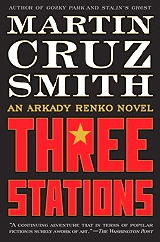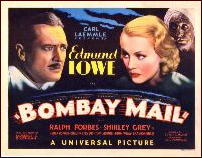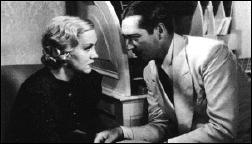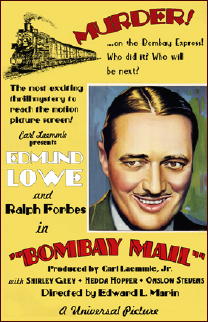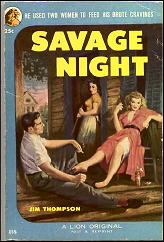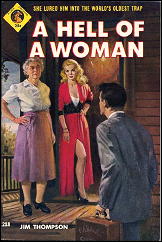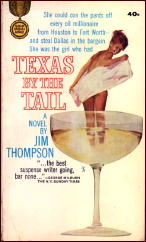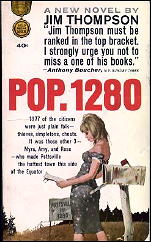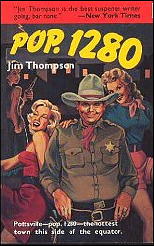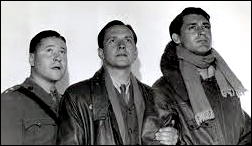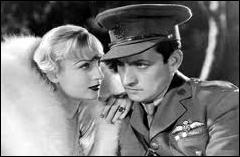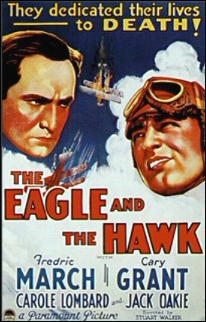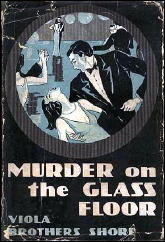Sun 29 May 2011
Reviewed by LJ Roberts: MALLA NUNN – A Beautiful Place to Die.
Posted by Steve under ReviewsNo Comments
Reviews by L. J. Roberts
MALLA NUNN – A Beautiful Place to Die. Atria, hardcover, January 2009. Washington Square Press, trade paperback, October 2009.
Genre: Police Procedural. Leading character: Det Sgt. Emmanuel Cooper; 1st in series. Setting: South Africa; 1952.
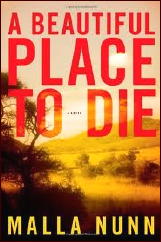
First Sentence: Detective Sergeant Emmanuel Cooper switched off the engine and looked out through the dirty windscreen.
Detective Sergeant Emmanuel Cooper is sent from Johannesburg to Jacob’s Rest after a call comes in reporting a possible murder. What he finds is the body of the town’s Afrikaner police captain, William Pretorius, and a confrontation with his volatile family.
Members of the powerful Security Branch also arrive and push Cooper out, leaving his to investigate a peeping tom case unsolved by the dead chief. Clues and determination lead Cooper to Pretorius secrets and the motive for his death.
A Beautiful Place to Die gives a stark portrayal of South Africa during apartheid and the Immorality Act banning sexual conduct between whites and nonwhites. Although I was able to look the terms up, a glossary might have been helpful for those of us not as familiar with the history and terminology.
Cooper makes a sympathetic protagonist with shades of Charles Todd’s Ian Rutledge character. While it’s an interesting homage, it also felt like a cheap, and not very satisfying, way of telling us about Cooper’s background. We do learn, though other means, some of this background throughout the story, but much remains vague about him.
However, all the characters seemed stereotypical, from the Jewish doctor and his wife, to the enigmatic Zulu constable, to the storm trooper Security Branch and on. There was very little dimension to the majority of the characters.
The plot conveys how unjust and brutal living was under apartheid. While interesting and educational, it’s not enough to make the book work. The mystery itself, and its investigation, became almost secondary. It did have a number of well-executed twists and revelations, along with suspense and some brutality. I did identify one villain early but not another. However, my largest complaint was that, although realistic, I found the ending unsatisfying.
I certainly don’t regret having read this book. It was interesting, I did learn from it. However, I don’t believe this is a series I will continue to follow.
Rating: Good.
